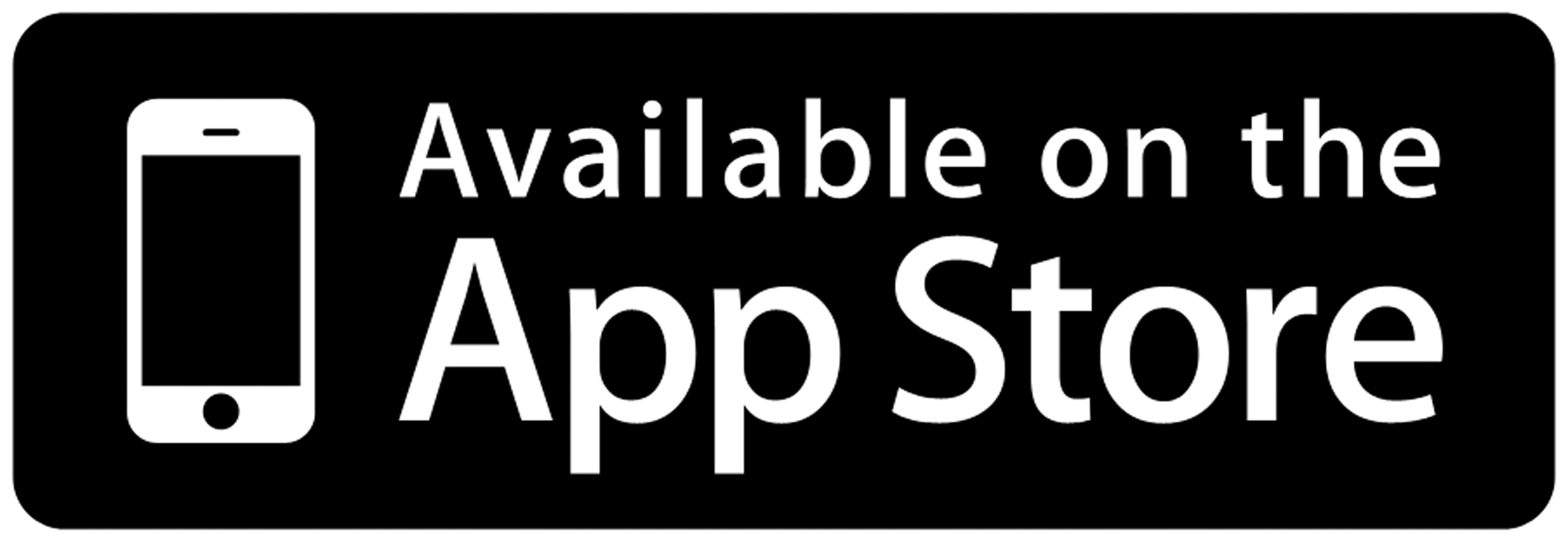Mobile App FAQs
What are the criteria for the preset alerts in the free version?
Free wind alerts trigger at 50km/hr within the next 24 hours.
Free rain alerts trigger at 0.1mm within the next 24 hours.
Is this a BETA App?
We’ve done extensive testing, but this product is a first for not only New Zealand, but globally too. It’s been running smoothly in our testing for over 12 months, but once live across NZ we may find a few small bugs to fix. So yes, the alerting function is BETA, but the rest of the app is not and is created from our already existing WeatherWatch and RuralWeather websites.
What are the ideal settings for paid alerts?
This is unique for every individual. It may take a few weather events for you to fine-tune the data. For example, our wind alerts for lines companies took a few storms over a year or so to fine-tune so we didn’t get spammed (what we call “swarm alerts” – when you start getting a lot of alerts in one day). If you’re getting too many alerts simply lift the thresholds higher. Ie; Wind alerts for gusts over 30km/h are shifted to 40km/h. But if you lift the threshold too much you won’t get any alerts. You’ll get there over time – and then it lasts for years ahead as we found with our corporate clients. Please note: Rain and wind forecast data can underperform a little in the most extreme conditions in our most exposed places. Sometimes wind gusts for the tops of ridges, and most exposed wind tunnels can be much higher than forecast. Rain can be trickier – see below for more details on getting the most out of your rain alerts.
Where does the data come from?
Much of our forecast data comes from The Weather Company (parent company IBM). Even though there is no such thing as perfection in forecasting, we’re proud to say that our data has been verified independently as the world’s most accurate weather data for several years in a row now: https://www.weatherwatch.co.nz/content/ibm-forecast-data-ai-used-by-weatherwatch-ruralweather-deemed-worlds-most-accurate-once-again
“Swarm alerts” – I’m getting ‘spammed’ by alerts – please help!
When you get ‘spammed’ by weather alerts (What we call “swarm alerts”) is when the data is increasingly confident it’s reaching the thresholds you’ve set to alert you. In big wind and rain events you may get several updates a day – which gives you sudden confidence something is really happening and those sudden increase in alerts is helpful. However, if you’re getting too many alerts it may mean your thresholds are set too low. Try lifting/shifting them and see if it reduces alerts. Remember it may take a few to several weather events to fine tune your data. It’s worth the continued back and forth tweaks, even if it takes a year or so, as once you get it right it will do its thing for a long time ahead..
I’m getting no alerts.
If you’re not getting alerts – but the weather on that day is what you wanted an alert for – then take note of the current forecast and shift your alert thresholds to match the current conditions. Matching your alerts to the current conditions when you deem them to be “alert worthy” should really help you see how the data may be accurate. If you’re having trouble, please feel free to reach out to us for help.
Does this cover all rain?
We cover all FORECAST rain, but “real-time” rain is another story – especially due to NZ’s unique lack of publicly funded weather data open for use. The good news is that MetService is working with WeatherWatch to address this issue – and Phase 2 of our alerting app (thanks to your support here in phase 1!) will lead us towards real-time rain radar alerts – a monumental game changer for New Zealand. Our rain forecast data is the most accurate on the planet – but doesn’t capture every downpour. And downpours are the hardest to capture. (See below for more). Our alerts, for now, cover forecast rainfall – and we look forward to adding that ‘real-time’ component next.
We just had a big downpour – how did you miss that?!
We don’t cover individual showers – yet! Understanding downpours is critical to making this alerting app work for you favourably. Isolated downpours and thunderstorms can majorly break forecast rainfall totals. For example, Auckland’s Jan 27th anniversary floods in 2023 produced flooding rain on a scale never seen before in Auckland – and was not forecast by any forecaster. Why? Because a stalled severe thunderstorm anywhere on Earth can break the forecast rainfall totals. We expect downpours to be limited in time – so when they do stall for much longer (something forecast technology may still be decades away from nailing) means we need to know the variables and risks. Put simply – when you see the thunderstorm icon know that it means that the rainfall forecast may dramatically change – (for better or worse). Factor in: Is a windy day coming? (thunderstorms are less likely to stall) or a calm day (Jan 27, 2023 in Auckland) where major flooding can happen due to a downpour stalling over you. Also – It’s worth noting that in the Auckland flood event, our data DID start automatically warning of the event about 1 hour before it kicked in, before anyone else in NZ. The AI we use learns from this and improves for next time and while not perfect it is amazing technology that NZ taxpayers don’t have to fund – it’s on us at WeatherWatch. Adding MetService real-time radar into our alerts (Phase 2) will significantly help avoid missing heavy rain events.
This article here can help you avoid future frustration in the meantime, as a little of the heavy lifting is still on you.
Do you need more alert locations and a corporate-level alerts service?
Then contact our team directly and see what we can also build for you and your customers. We’re all about fewer nasty surprises! Contact us here to see what we can build for you.
You said today was dry – we just had a shower?
We don’t cover individual showers – yet. As above, isolated downpours pose a risk of breaking any rain forecasts. It’s easy to forecast a rain band moving in (like a low or a cold front). But isolated downpours can cause serious flooding without warnings – it’s a reality that there is a real gap here, which is why we’re so excited to be working with MetService proactively to fix this gap in Phase 2 of this Alerting App. Your support of this NZ-based app will help us bring real-time rain alerts with the help of MetService in our next phase, and this will fix this problem to a huge degree. It’s top of the list – real-time rain radar alerts for heavy rainfall and lightning alerts.
How accurate are these alerts?
Our forecast data is the most accurate on earth – but that’s still not good enough! So we’re proactively working with MetService to be even better at what we do – and to work positively between private and public organisations to help you the best way we can! Our data is the most accurate on earth, but that doesn’t mean it’s perfect. These weather alerts are based on the forecast data we already display – and now we’re giving you the power and option to have fewer nasty surprises by getting push notifications about incoming weather.
How often is the data updated?
Forecast data is updated every 15 minutes via The Weather Company, an IBM Business.
I have ideas on how to improve this.
Contact us at news@weatherwatch.co.nz. Please note, due to the volume of suggestions, we will likely not respond or reply to you. All ideas will be seriously considered for Phase 2 of our new app and we thank you for your ideas.
What else are you building?
We’re very excited to say MetService and WeatherWatch are working very closely to help New Zealanders be better prepared for severe/adverse weather. Your support of our beta app here in Phase 1 will help fund our next bigger project (“Phase 2”) – the introduction of real-time rain radar and lightning alerts pushed to your phone or device. The holy grail of NZ forecasting! This will help fix the issue of not covering individual downpours and those real-time extreme rain events that can cause flooding. Your support now will help us reach this next goal.
We need more locations for business/council/projects.
Whether you’re a Government Agency, a Council, a private corporation or a small to medium business – we’ve got you covered. We build custom-made alerting dashboards – with unlimited locations and unlimited alerts! Prices are negotiable and dependent on use.
Who owns WeatherWatch?
We’re proud to be a small 100% Kiwi-owned business – using the world’s most accurate weather data (The Weather Company – an IBM business) and one of the world’s most stable platforms to deliver this, Amazon. We’re entirely New Zealand-owned and operated.
How come there is a fee for free MetService warning push alerts?
The warnings and watches are free but the mechanism we’ve built to alert you in real time of those warnings has a cost for us. All MetService warnings and watches auto display for free in the app and in your local forecasts. Push notifications – so that you don’t miss a thing – is part of the monthly subscription for WeatherWatch PRO.
Why is the Pro version $6.99 a month?
Every time we push an alert to your device there is a cost at our end, either related to servers, forecast data – or to cover fees from other providers. Most of our profit will be initially returned to building the real-time rain and lightning alerts. We’re bringing you a world-first. There is no other country doing weather alerts like this (as IBM has confirmed to us). We’ve been testing for over a year and it’s solid – but please read the FAQ on how to make the most of it as this is still a beta version. Thank you for your support – it will help us get to that next real-time alerting level that many of you demand!
Why was the timing of the incoming weather wrong?
To this day globally the hardest thing to be accurate about can often be precise timing, due to all the variables (other high & low pressure zones, our mountains and ranges etc) and also due to NZ’s immense lack of freely open public weather data (like rain radar and observations). Simply understanding this when trying to be precise can remove false hope and help understand that, even beyond accurate data, the weather itself can shift the goal posts too. That’s why we’re really excited to be working with MetService to better fix this issue around real-time heavy rain, lightning and squalls alerts – all coming in Phase 2 of our new Weather Alerting App, with your support here in Phase 1.

